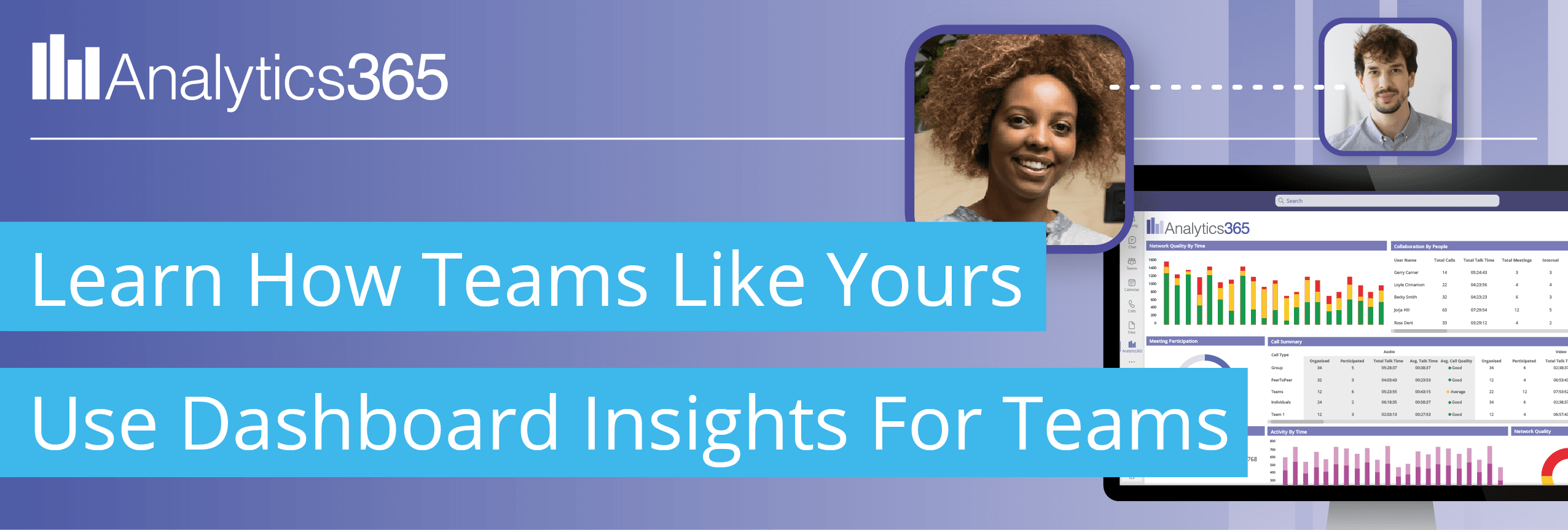You might think you’re monitoring your remote team just fine. You’re ticking all the boxes by tracking productivity, hosting frequent meetings and checking in regularly to see how they’re doing.
But how do you know you’re not overstepping the mark by going from supervision to surveillance?
A report found that excessive surveillance can have devastating effects on the workforce, with 65 percent of workers believing that introducing a new form of surveillance would damage their relationship with their employer.
So when monitoring your employees, you need to tread carefully.
In this post, we’re going to cover:
- The differences between supervision and surveillance
- Top tips for supervising your team without overstepping the mark
The differences between supervision and surveillance
Both supervision and surveillance involve some form of ‘’watching over’’ employees.
Supervision is where you oversee the activities of your employees to point them in the right direction for training and development purposes. You’ll likely be in a video call together to watch their process of doing things, such as answering customer queries in a web chat or dealing with complaints. Either way, your employee will be aware that you’re watching them as a means of helping them.
Surveillance is about continual or continuous watching, sometimes in a way that your employees do not notice. This is done by watching their behaviour for things like how long they take to read and reply to messages, checking attendance or even secretly filming them from their screen to see if they’re not working as often as they should be. It was found that one in five companies admitted to installing technology to snoop on staff. That’s a real concern for their privacy, and no wonder it’s causing devastating effects on the workforce.
A healthy balance is being able to provide the practical support that your employees need, while at the same time keeping a firm eye on the overall standard of work. And not to mention, you want to maintain employer-employee trust and respect their privacy.
That sounds like a lot to manage, but don’t be concerned. Using our 6 top tips, you’ll be able to strike the right balance for monitoring and supporting your remote team.
Top tips for supervising your team without overstepping the mark
Let your employees know they’re being measured

Being transparent with your employees is a good way to build trust. A 2019 study found that only 30% of employees are comfortable with their employers monitoring their email. But, this went up to 50% if their employer explained the reasons why they would be monitored.
So to avoid invading their privacy and maintain their trust, it’s best to inform them first about the type of surveillance that will occur, the purpose of it, and the legitimate reasons to justify why you’re doing it.
The last thing you want is to have a new monitoring process in place, and then you realise that your staff are still unhappy with how they’re being monitored. Then before you know it, you’re back to square one.
For the balance to work, you need to continually work with your staff to make sure that your monitoring activities sit right with them.
That means allowing your staff to raise objections if things don’t seem right. Such as monitoring them longer than they expected or making unfair judgements based on their activity.
Make sure what you’re tracking is relevant and necessary
If you’re capturing any old data, you’re going to end up making ill-informed decisions on unimportant things or make no decisions at all.
You need to capture it with a purpose.
But before you start tracking anything, set yourself a goal. This will give you an idea of the type of behaviour you need to measure.
Let’s say you want to increase sales by 10% in three months.
By setting this goal, you know you need to be tracking:
- MoM sales growth
- Activities that drives sales (Microsoft Teams meetings, emails, calls etc.)
You can then use a tool such as Analytics 365 to build MoM reports. So if you notice that sales are dropping, our tool might show you that your team’s average call time has also decreased, which could be the cause for sales dropping.
You now have a good reason to tell your team to take more time pitching a product when on a call, as the extra input helps generate more sales.
Reward your staff for their performance

Monitoring can often be tied to managers looking for inefficiencies in their team’s work, which can result in staff being criticised and leave them feeling all sorts of negative emotions. The employer-employee relationships usually go downhill from here.
Instead of just monitoring bad performance, balance it out by also monitoring good performance. And when you notice teams and individuals exceeding expectations, reward them for it. This will motivate them to keep pushing for better results and not feel discouraged when you’re monitoring them.
In any case, the key idea should always be to use data to ask questions, not to judge. If you see behavioural or activity patterns that you weren’t expecting, don’t assume that something bad is happening. Use it as a way to enter into understanding how your people work, and any challenges that they are experiencing.
For example, one key tool in Analytics 365 is understanding your team’s collaboration networks. Are they working with the people you’d expect them to work most closely with?
And for your middle managers, what is their management style? Is it what you expected? Is there anyone that they should be spending more time with?
Are they spending more or less time than you expect on the phone, in meetings, or chatting?
Are your Teams and channels being used effectively, or should there be policy changes, or perhaps training for groups or individuals?
If you see that your team are not performing as you expected, try not to punish them for it. That’s where the supervision comes in. You’re there to give them the right training and support to become the best they can be for your organisation.
Control how often you’re monitoring them
The impulse to frequently monitor your employees is understandable.
Sometimes you want the reassurance that everything is on track, or maybe you want to see how the new employees are getting on.. then before you know it, you get carried away. That quick check-up lasts all day and before you know it, you’re basically surveilling them.
It’s easy to picture how the problems unfold from here.
The truth is, your employees are your most valuable assets and are expensive to replace. If you show a lack of trust or invade their privacy, you can’t expect to retain them for a long time.
We recommend pulling back on monitoring efforts in areas that are going well. This will communicate trust towards your team, respect their privacy and give you more time to monitor previously neglected areas.
Summary
The general picture of a healthy balance is being able to provide the practical support that your employees need, while at the same time keeping a firm eye on the overall standard of work.
But before all this, ensure you put their privacy and trust at the forefront to maintain a strong employer-employee relationship.
To strike a healthy balance between supervision over surveillance, we recommend:
- Letting your employees know they’re being monitored
- Making sure what you’re tracking is relevant and necessary.
- Rewarding your staff for their performance when exceeding expectations.
- Controlling how often you’re monitoring them.
Looking to learn a bit more about remote monitoring? Check out our other post to find out How To Monitor Remote Employees Without Being A MicroManager.








